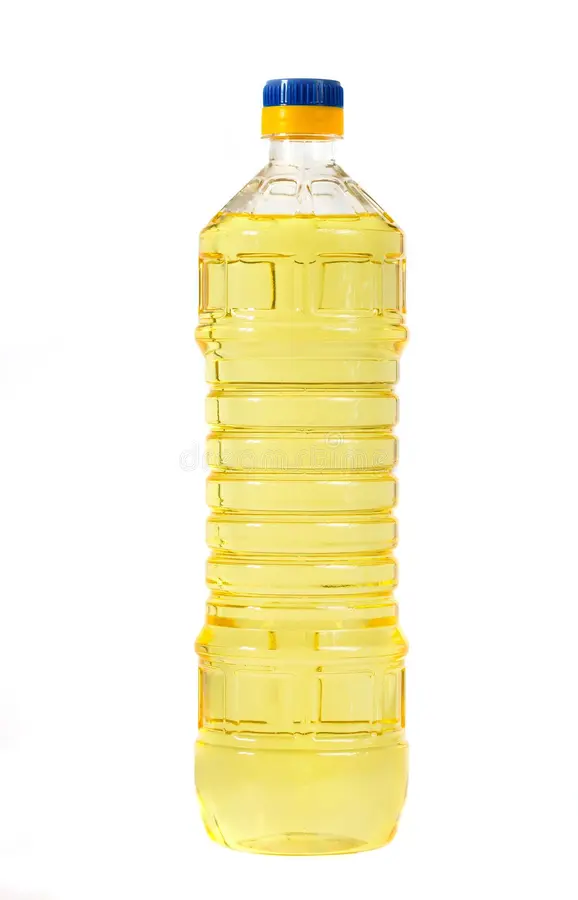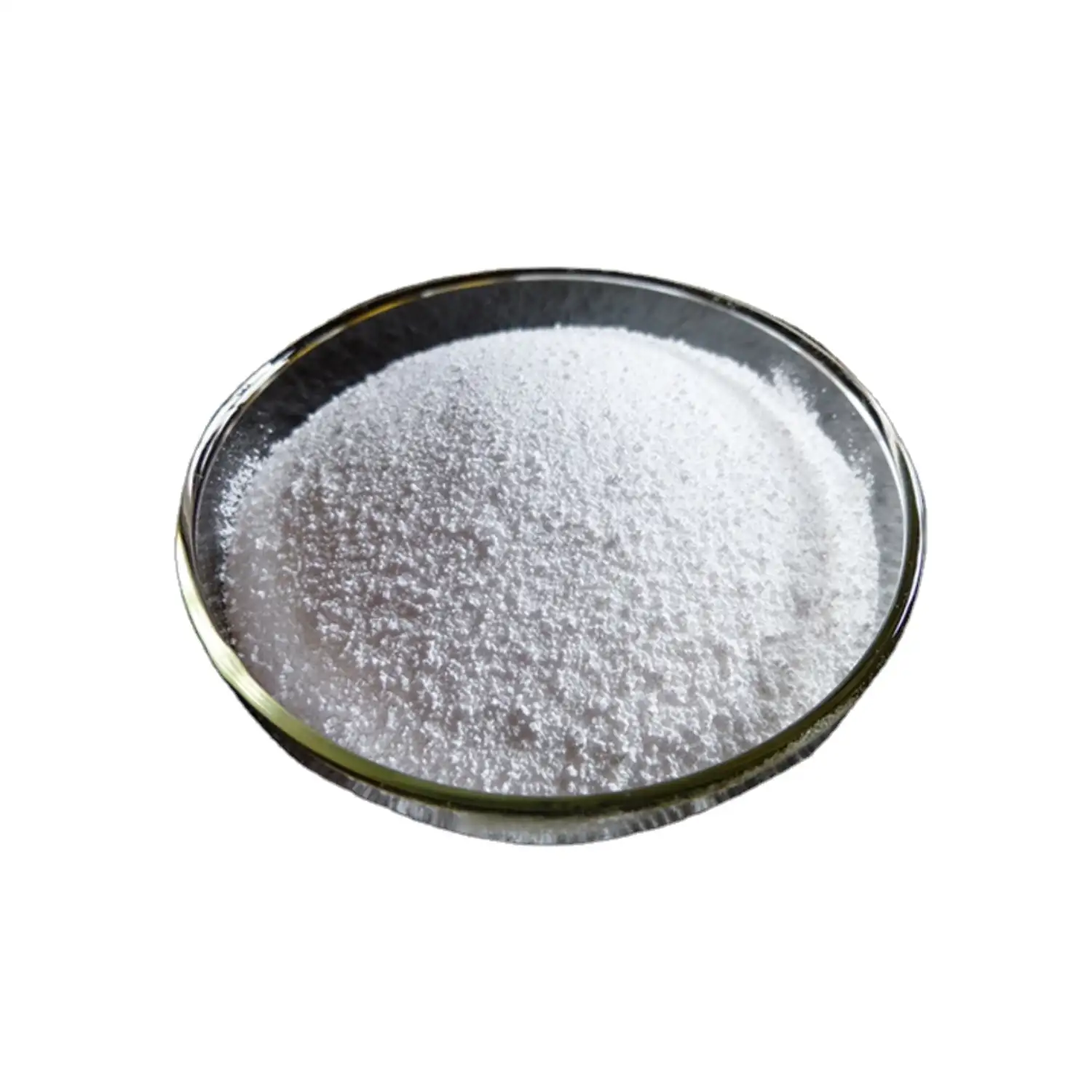Dextrin
|
IUPAC Name |
: (3R,4S,5S,6R)-2-[(2R,3S,4R,5R)-4,5-dihydroxy-2-(hydroxymethyl)-6-[(2R,3S,4R,5R,6S)-4,5,6-trihydroxy-2-(hydroxymethyl)oxan-3-yl]oxyoxan-3-yl]oxy-6-(hydroxymethyl)oxane-3,4,5-triol |
|
Cas Number |
: 9004-53-9 |
|
HS Code |
: 3505.10.10 |
|
Formula |
: C18H32O16 |
Basic Info
|
Appearance Name |
: White to yellow-white powder |
|
Common Names |
: Dextrin |
|
Packaging |
: 25 Kg Bag |



---china.webp)


 English
English
 Indonesian
Indonesian
 简体字
简体字
 العربية
العربية
 Español
Español
 Français
Français
 Português
Português
 日本語
日本語
 한국어
한국어
 Tiếng Việt
Tiếng Việt
